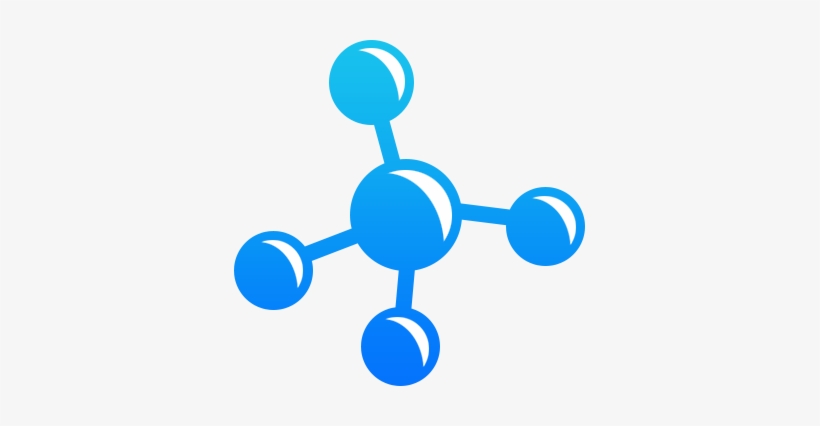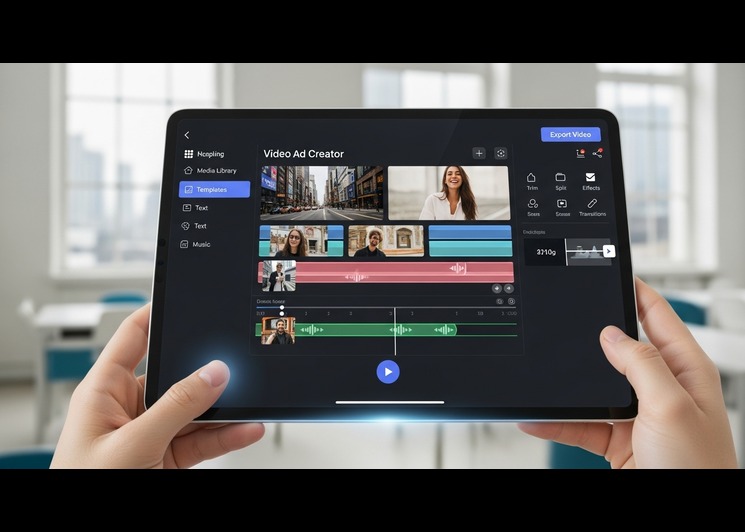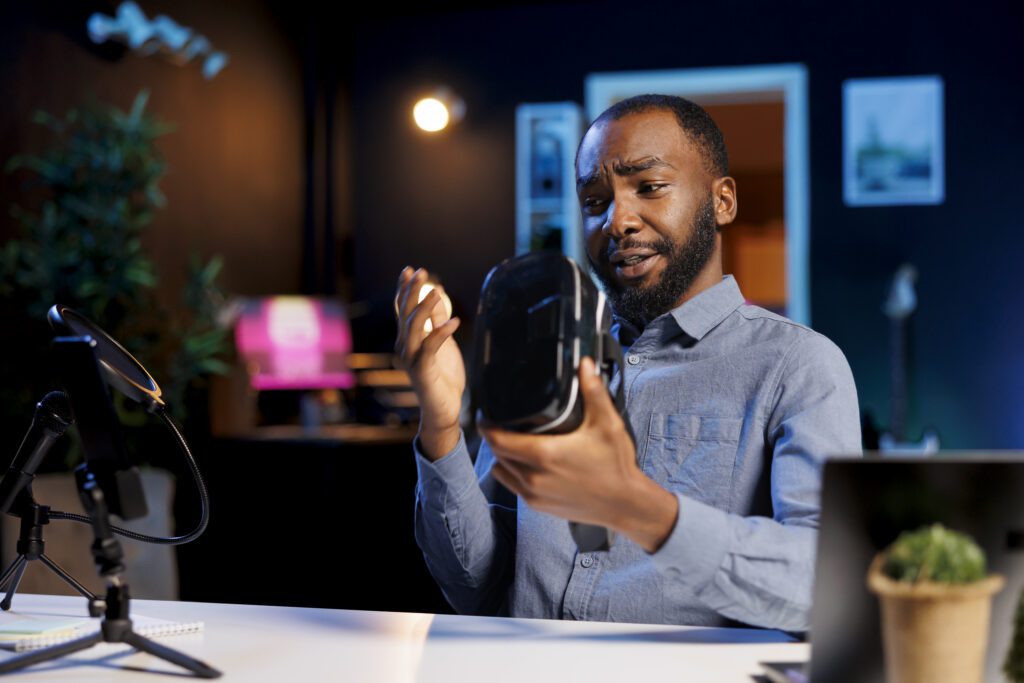Shopify SEO Services: Audit, Pricing & Packages
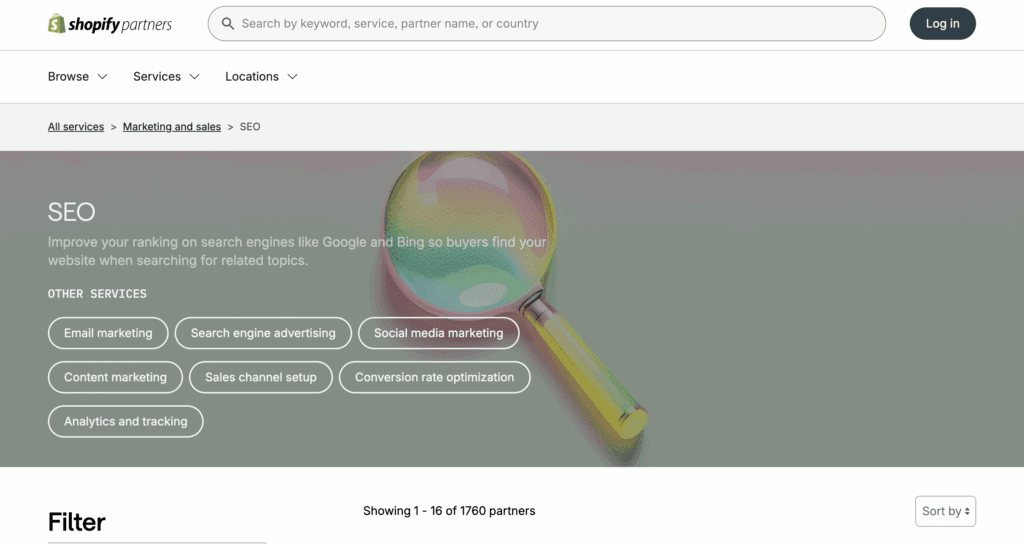
If you are running a Shopify store without SEO, it is like having a beautiful shop hidden in a forest. No one will find it unless you give them directions. This is where Shopify SEO services come in. From boosting visibility on Google to turning clicks into sales, SEO is the growth engine you didn’t know you needed.
In this guide, you’ll learn how to optimize your Shopify store like a pro, avoid costly SEO mistakes, and understand how SEO works behind the scenes. Additionally, we’ll introduce you to VidAU, an AI powered video tool that helps you boost engagement and conversions by adding engaging product videos.
What are Shopify SEO services?
Shopify SEO services enhance a Shopify store’s visibility and revenue by resolving technical issues, optimising pages for keywords, and establishing authority. Typical deliverables include a site audit, on-page optimization for products/collections, internal linking, structured data, speed fixes, content creation, and quality link acquisition.
Step-by-Step Shopify SEO Audit: Optimize Like a Shopify SEO Agency
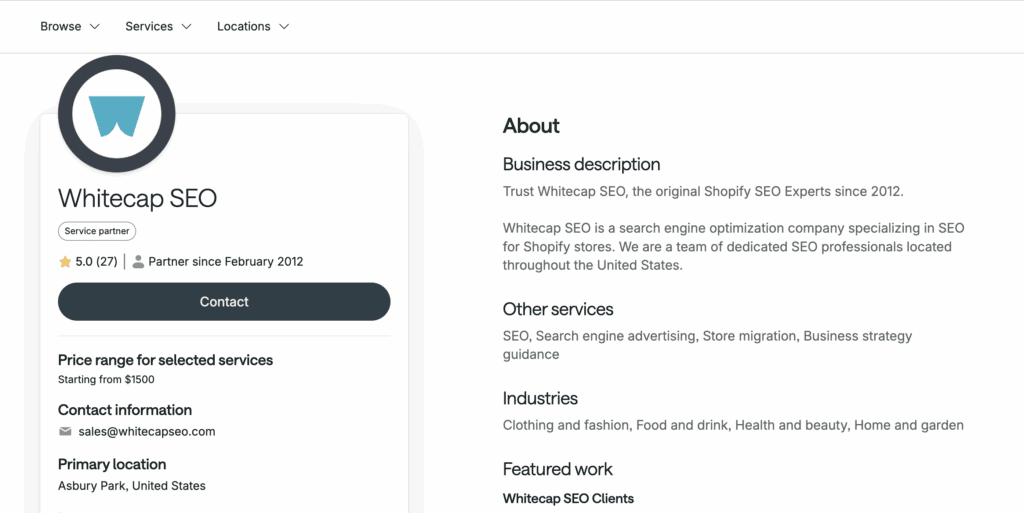
Let’s start with the foundation, auditing your Shopify store. This helps you spot problems, fix them, and rank higher using proven Shopify SEO services techniques.
1. Crawl Your Store (Use Screaming Frog, Ahrefs, or Semrush)
- Export your metadata to review how titles, meta descriptions, and headers are being presented in search engines. This helps identify gaps and opportunities for keyword integration.
- Check indexability to ensure search engines can access your key product and collection pages. Pages blocked in robots.txt or with noindex tags won’t rank.
- Identify broken links and redirect chains. Too many redirects or 404 errors send negative signals to Google and frustrate shoppers.
2. Review URL Structure and Redirect Settings
- Shopify URLs usually follow the format /collections/ or /products/. Make sure these URLs are clean and include relevant keywords.
- Avoid duplicate content by watching for URLs with filters or parameters. These can create SEO issues if left unchecked.
- Set up 301 redirects correctly, especially after deleting products or restructuring your site. Shopify’s built-in redirect tool makes this easy.
3. Audit Title Tags, Meta Descriptions & Product Pages
- Use a consistent title tag formula, like: Brand + Product Name + Benefit or Modifier. This helps you rank for high-intent keywords.
- Write meta descriptions that sound natural, include a call-to-action, and integrate primary keywords.
- Check canonical tags to avoid duplicate content from similar or variant pages. Shopify does this by default, but you should always verify.
- Add video content to product pages using tools like VidAU. Videos can improve SEO by boosting time-on-page and engagement.
4. Evaluate Site Content for SEO Value
- Structure your blog with consistent tags or categories. Don’t mix the two. It confuses your internal linking and site hierarchy.
- Write original product descriptions instead of using manufacturer text. Google prefers unique content.
- Use heading tags (H1, H2, H3) correctly with natural keyword placement to make pages easy for users and search engines to scan.
How much do Shopify SEO services cost?
| Most Shopify SEO packages cost $300–$5,000+/mo depending on scope, speed, and who delivers the work (freelancer, agency, or in-house). Starter plans cover audits and on-page fixes; growth plans add content & links; scale plans include CRO, dev support, and advanced technical SEO. |
5. Optimize for Image SEO
- Rename image files to something descriptive like “blue-canvas-sneakers.jpg” instead of “IMG1234.jpg.”
- Always include alt text that describes the image and use keywords where appropriate. This helps with accessibility and SEO.
- Compress images before uploading them. This improves load speed, which is a direct ranking factor.
6. Improve Site Speed and Core Web Vitals
- Run your store through PageSpeed Insights and GTMetrix to find and fix speed issues.
- Remove unnecessary Shopify apps that load external scripts. These can slow down your site and impact SEO performance.
- Enable lazy loading for images and videos and add critical CSS to prioritize visible content.
7. Mobile SEO on Shopify
- Choose a responsive Shopify theme that adapts to different screen sizes without breaking the layout.
- Use sticky headers and collapsible menus to make navigation easy for mobile users.
- Ensure buttons and links are finger-friendly. They should have enough space to tap easily. This affects your Core Web Vitals score.
8. Implement Structured Data on Product Pages
- Add schema markup for products, reviews, and FAQs using JSON-LD or Shopify apps like SchemaPlus.
- Structured data helps your pages show up with rich results, such as star ratings or price, directly in search listings.
A detailed SEO audit like this not only improves your search visibility but also lays the foundation for better Shopify conversion rate optimization. It’s the first major step toward turning clicks into customers. (and Why It Still Matters in 2025).
Shopify SEO Services: How it Works
Understanding how SEO works is key to building a sustainable store. It’s not about tricks, it’s about strategy.
Shopify SEO Services: On-Page vs Off-Page SEO
- On-page SEO = What’s on your site (text, titles, speed)
- Off-page SEO = What others say about your site (links, reviews)
Technical SEO for Shopify SEO Services
- Ensure your pages can be crawled and indexed
- Use clean code and schema markup
- Fix slow-loading pages to keep users around
Google Loves Sites That Work Well
- Clean themes help bots understand your site
- Structured data improves ranking signals
- Add product videos using VidAU to increase engagement and reduce bounce rate
Shopify SEO Services: SEO Audit Checklist (10 Steps)
- 1) Crawl & indexability,
- 2) Fix canonical/duplicate URLs,
- 3) Titles/meta templating,
- 4) Collection taxonomy,
- 5) Product schema & reviews,
- 6) CWV & speed,
- 7) Internal links,
- 8) Blog intent match,
- 9) 404/redirects,
- 10) GSC issues & tracking…
Shopify Conversion Rate Optimization (CRO) vs SEO: What’s the Difference?
Understanding Shopify conversion rate optimization is just as important as SEO.
Here’s the deal:
- SEO helps you get more people to your store
- CRO helps you get those people to buy something
A/B Testing vs Keyword Targeting
- SEO brings traffic via keywords
- CRO tests layouts, headlines, and offers to improve sales
Shopify SEO Service: When Should You Focus on CRO?
Once you’re getting steady traffic but low sales, it’s time to optimize your site.
Best CRO Tools for Shopify
- Hotjar: Understand where users click and drop off
- Lucky Orange: Offers heatmaps and session replays
- Google Optimize: Run free A/B tests
Want a CRO shortcut? Use VidAU to turn your product pages into mini-advertisements with video. It’s proven that video converts.
Shopify SEO Services: How to Choose an Affordable SEO Agency
If you’re on a budget, choosing an affordable SEO company doesn’t mean compromising quality.
5 Red Flags When Hiring an SEO Agency
- Promises of #1 Google rankings
- No mention of content strategy
- No reporting structure
- Outsourced link building from shady sources
- Lack of Shopify-specific knowledge
Shopify SEO Services: Questions to Ask Before Hiring
- What’s your pricing model?
- What KPIs do you track?
- Do you have Shopify experience?
Shopify SEO Services Case Study
Let’s say a beauty brand partnered with a Shopify SEO agency and used VidAU to create product demo videos. Here’s visible evidence of what happened:
- Organic traffic increased by 45% in 3 months
- Product pages with embedded videos had 30% lower bounce rates
- Their average order value grew by 18%
In simple English, Video + SEO = magic.
Regional Spotlight: Shopify SEO Services in the UK and the US
Differences in Agency Pricing and Performance by Region
- UK: More compliance-focused, great for fashion and DTC brands
- US: Competitive pricing, but broader experience with tech stores
Local Keyword Strategy Variations
- UK: “Buy trainers online”
- US: “Sneakers with free shipping”
Best Local Shopify SEO Services in Each Market
Look for certified Shopify Experts with strong Google review profiles
Conclusion
Mastering Shopify SEO doesn’t mean becoming a tech wizard. It means being consistent, strategic, and smart about the tools you use. From keyword optimization to conversion-focused videos, every small tweak adds up. Also, tools like VidAU help you create content that improves your rankings and your revenue. Take action today: audit your store, fix what’s broken, and give your pages that extra edge with video.
FAQs
Q: Does Shopify have built-in SEO features?
A: Yes, like editable title tags, meta descriptions, sitemaps, and redirects.
Q: How much should Shopify SEO cost?
A: Anywhere from $300 to $5,000/month, depending on scope and agency.
Q: What makes a Shopify store SEO-friendly?
A: Good structure, fast speed, great content, and mobile optimization.
Q: How do I find the best Shopify SEO expert?
A: Ask for case studies, look for niche experience, and check reviews.
Q: What’s the difference between a Shopify SEO app and an agency?
A: Apps handle tasks; agencies bring strategy. You need both.

